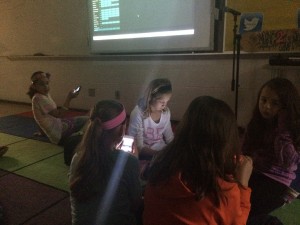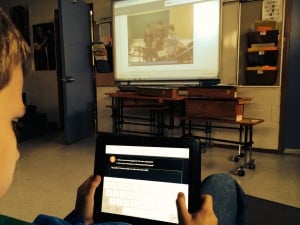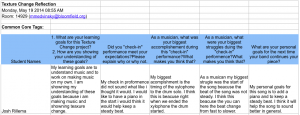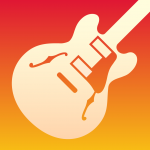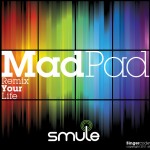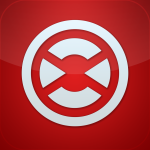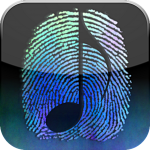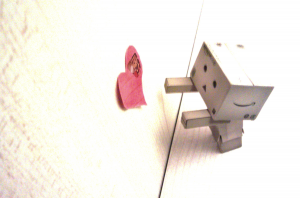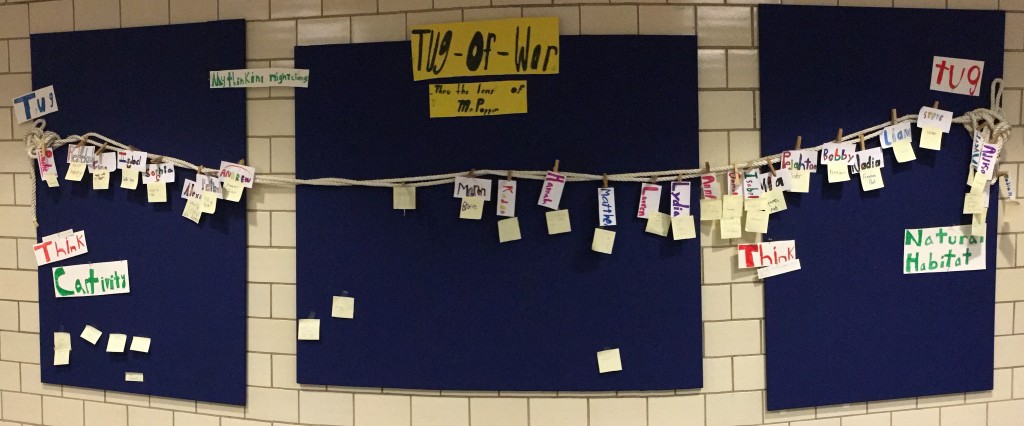 Thinking about a beloved book you have read aloud to your class for years brings many memories of joy and accomplishment. These are memories that are rekindled every time you take out the book a year later or when a former students stops in to say hello and reminds you how much you meant to them. But there comes a time when you say, I have read this book for 27 years and I think I want to try something new. This year, I have accepted a position as an Instructional Technology Integrator. I have the pleasure of supporting teachers in designing learning experiences for primary learners. The third grade team approached me about redesigning their Mr. Popper’s Penguins read.
Thinking about a beloved book you have read aloud to your class for years brings many memories of joy and accomplishment. These are memories that are rekindled every time you take out the book a year later or when a former students stops in to say hello and reminds you how much you meant to them. But there comes a time when you say, I have read this book for 27 years and I think I want to try something new. This year, I have accepted a position as an Instructional Technology Integrator. I have the pleasure of supporting teachers in designing learning experiences for primary learners. The third grade team approached me about redesigning their Mr. Popper’s Penguins read.
We began with the end in mind, talking about the learning objectives. The love of a good story was one that came up fairly quickly. As we continued the conversation, I began asking questions trying to uncover the complexities of the text, such as “what makes this a book you continue to read year after year?” and “are there any conflicts in the book that draw the reader in?” These questions helped guide the conversation in new directions. We were landed on the struggle of Mr. Popper keeping his penguins and the financial burdens involved in keeping exotic animals as pets. The more we talked about it, the more the conversation zoomed in to the key plot points of the text. For me, when designing learning experiences for readers, I try to find a way for them to think about a cultural dilemma through which they read the text. I then suggested using the Tug O War thinking routine to frame their class read. This routine helps readers think about the “tugs” they experience when reading a text that pulls them one way or another of a fairness dilemma. In this case, the question was how was Mr. Popper going to be able to afford his penguins? The lens through which we were looking at the text was zoomed in too close. We needed to zoom out and think about the bigger dilemma.
Through further discussion, we realized that the fairness dilemma was bigger than the words in the text. The dilemma is, are animals better kept in captivity or living in their natural habitats? This moment defined the lens through which we would look through this year’s reading of Mr. Popper’s Penguins. The 3rd grade team set up a Tug O War board in the hallway between their classrooms where the reader’s thinking can become visible throughout their reading. Through a conversation before beginning the book, the readers chose their stance and clipped their name to the rope one either side of the dilemma. Today, they are into the first couple of chapters in the book and some readers have already changed their minds about their stance. They move their names along the continuum between captivity and natural habitat depending on the “tugs” in the text. They are pulling specific examples of what made them change their thinking directly from the book. I borrowed this Evidence Based Terms from a fifth grade teachers room to help support the third grade readers support their thinking moves.
This will help not only help the ways in which they support their thinking, but will also inform their writing in their blogs. Today will be their first entry in their Third Grade Exploring Ideas blog. If you have a moment, I’m sure they will enjoy reading and responding to your comments.
My science colleague got new LCD microscopes for her classroom this week which made me think about the ways our thinking changes when we zoom in and out of ideas. Switching our objective lens enables us to designing learning experiences that support thinking strategies. I continue to think about how to best create a learning culture where thinking is valued, visible, and actively promoted as part of the regular, day-to-day experience of all students.

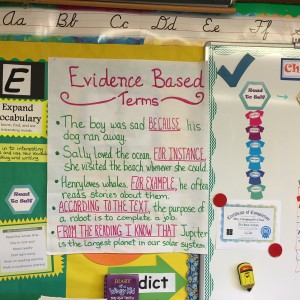
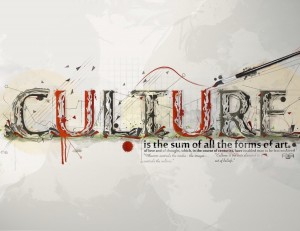
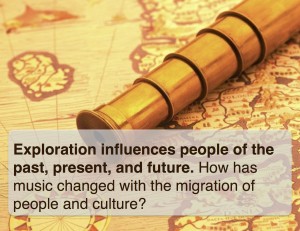
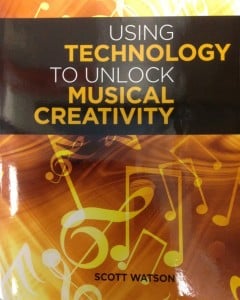
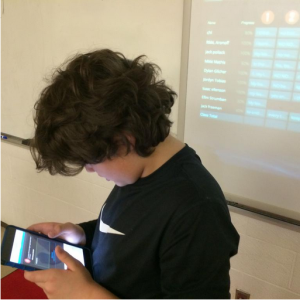 I have always been a project based learner and design classroom experiences for learners in my classroom to do the same. They have voice and choice of as to how they show their understanding of concepts and processes. The divergence in their pieces are exciting to see and hear. The cycle went something like this: learner/musicians experiences a concept through an anchor or mentor piece of music, conceptualize a way to create a piece to show their understanding, rehearse, perform, and begin framing the next project. It has been awesome, but there was something missing. The more I read about learning and thought about the way I learn, themes started to emerge. A few that resonated with me were the lack of reflection and revision. In my classroom, we were missing self reflection and time to revise existing music. It was my fault. I was so focused on “covering material” or “getting everything in” that I was missing a big piece of the learners experience. The ways we deepen our understanding is by trying, making mistakes, trying again, and revising. With my new realization, I have worked toward developing a way for musicians to reflect upon their performances during their revision process. I am still working through the details.
I have always been a project based learner and design classroom experiences for learners in my classroom to do the same. They have voice and choice of as to how they show their understanding of concepts and processes. The divergence in their pieces are exciting to see and hear. The cycle went something like this: learner/musicians experiences a concept through an anchor or mentor piece of music, conceptualize a way to create a piece to show their understanding, rehearse, perform, and begin framing the next project. It has been awesome, but there was something missing. The more I read about learning and thought about the way I learn, themes started to emerge. A few that resonated with me were the lack of reflection and revision. In my classroom, we were missing self reflection and time to revise existing music. It was my fault. I was so focused on “covering material” or “getting everything in” that I was missing a big piece of the learners experience. The ways we deepen our understanding is by trying, making mistakes, trying again, and revising. With my new realization, I have worked toward developing a way for musicians to reflect upon their performances during their revision process. I am still working through the details.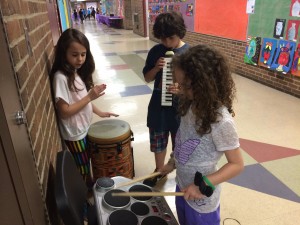
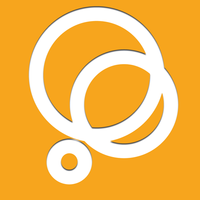
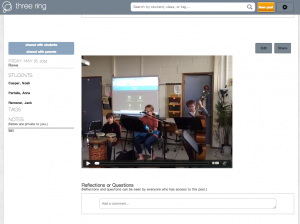
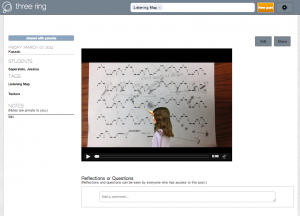
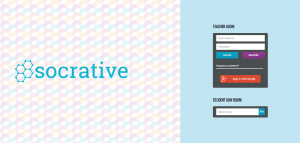 They are then prompted to answer the following question:
They are then prompted to answer the following question: